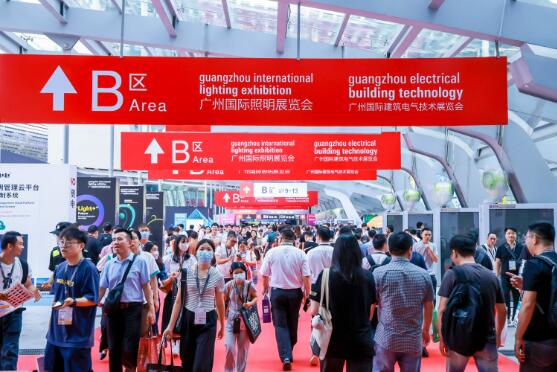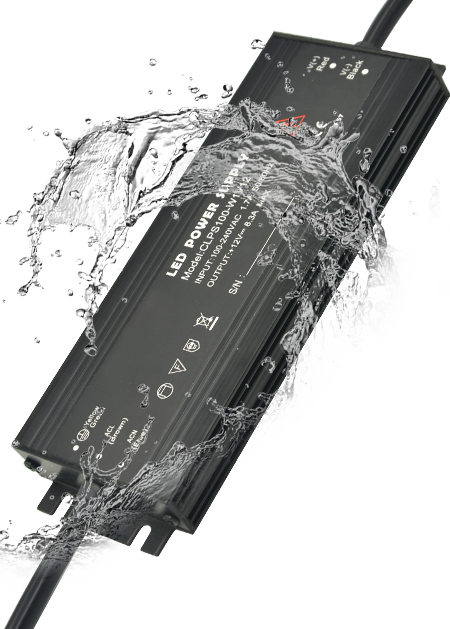There are many types of regulated power supplies.
Series regulated power supply consists of a combination of power transformer, rectifier components, filter capacitors, adjusting details (adjusting tubes or Sanrei regulators, etc.), reference voltage, sampling network, comparative amplification, and overload or short circuit protection.
The regulator power supply is a linear regulator circuit, and the regulator tube is in the regulator then. The disadvantage is the power consumption, low efficiency, and allow the grid fluctuation range is small. General series voltage regulator allows the grid fluctuation range of (220 ± 22) V.
To reduce power consumption and improve efficiency, introducing a switching type voltage regulator, a switching type voltage regulator, is often called a switching power supply.
1, switching power supply is a direct rectifier filter adjustment of the grid voltage and then regulated by the switching regulator tube. So there is no need for transformers.
2, switching power supply generally uses power semiconductor devices like a switch to adjust the output voltage by controlling the duty cycle of the controller. For example, in the power transistor (GTR), when the button saturated conduction, the voltage drop across the collector and emitter is close to zero; in the switch cut-off, its collector current is zero. Hence, the power consumption is small, high efficiency. The efficiency can be as high as 70% to 95%. And power consumption is small, suitable for the heat sink.
3, switching operating frequency in the tens of kHz, the filter capacitors and inductors used in the capacity value is small. Therefore, the switching power supply has a lightweight, small size, and other characteristics.
4, due to low power consumption, low temperature rise in the machine, thus improving the stability and reliability of the device.



